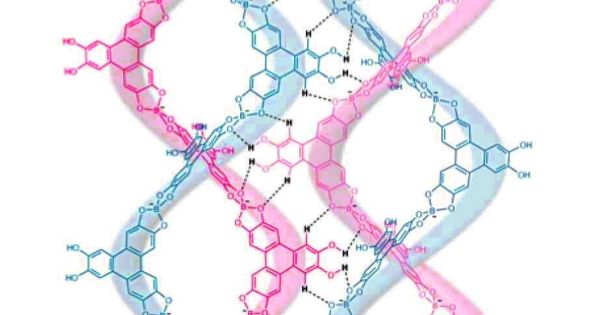HIV infection is no longer a death sentence, thanks to antiretroviral medication. However, despite the efficacy of drugs to manage and cure the virus, it will never be completely eradicated from the human body, persisting in some cells deep within various human tissues where the immune system is unaffected.
Shokrollah Elahi, an immunologist at the University of Alberta, has discovered a possible explanation to the enigma of why infected people can’t get rid of HIV completely.
Elahi and his colleagues discovered that in HIV patients, killer T cells, a type of white blood cell that is responsible for recognizing and eliminating virus-infected cells, have very little or no CD73.
CD73 is required for cell migration and translocation into tissue, therefore its absence impairs killer T cells’ ability to detect and eradicate HIV-infected cells, according to Elahi.
“This mechanism explains one potential reason for why HIV stays in human tissues forever,” he said, adding that the research also shows the complexity of HIV infection.
“This provides us the opportunity to come up with potential new treatments that would help killer T cells migrate better to gain access to the infected cells in different tissues.”
Following extensive studies, we discovered that chronic inflammation results in increased levels of a type of RNA found in cells and in blood, called microRNAs. These are very small types of RNA that can bind to messenger RNAs to block them from making CD73 protein. We found this was causing the CD73 gene to be suppressed.
Shokrollah Elahi
Elahi focused on investigating probable causes for the significant decline after establishing the role of CD73 in a three-year project. He discovered that it is partly attributable to the persistent inflammation that is frequent among HIV patients.
“Following extensive studies, we discovered that chronic inflammation results in increased levels of a type of RNA found in cells and in blood, called microRNAs,” he explained. “These are very small types of RNA that can bind to messenger RNAs to block them from making CD73 protein. We found this was causing the CD73 gene to be suppressed.”
Elahi pointed out that the team’s discovery also explains why people with HIV have a lower risk of getting multiple sclerosis.
“Our findings suggest that reduced or eliminated CD73 can be beneficial in HIV-infected individuals to protect them against MS. Therefore, targeting CD73 could be a novel potential therapeutic marker for MS patients.”
Elahi said the next step in his research is to figure out how to alter the CD73 gene to turn it on in HIV patients and off in MS patients.
















